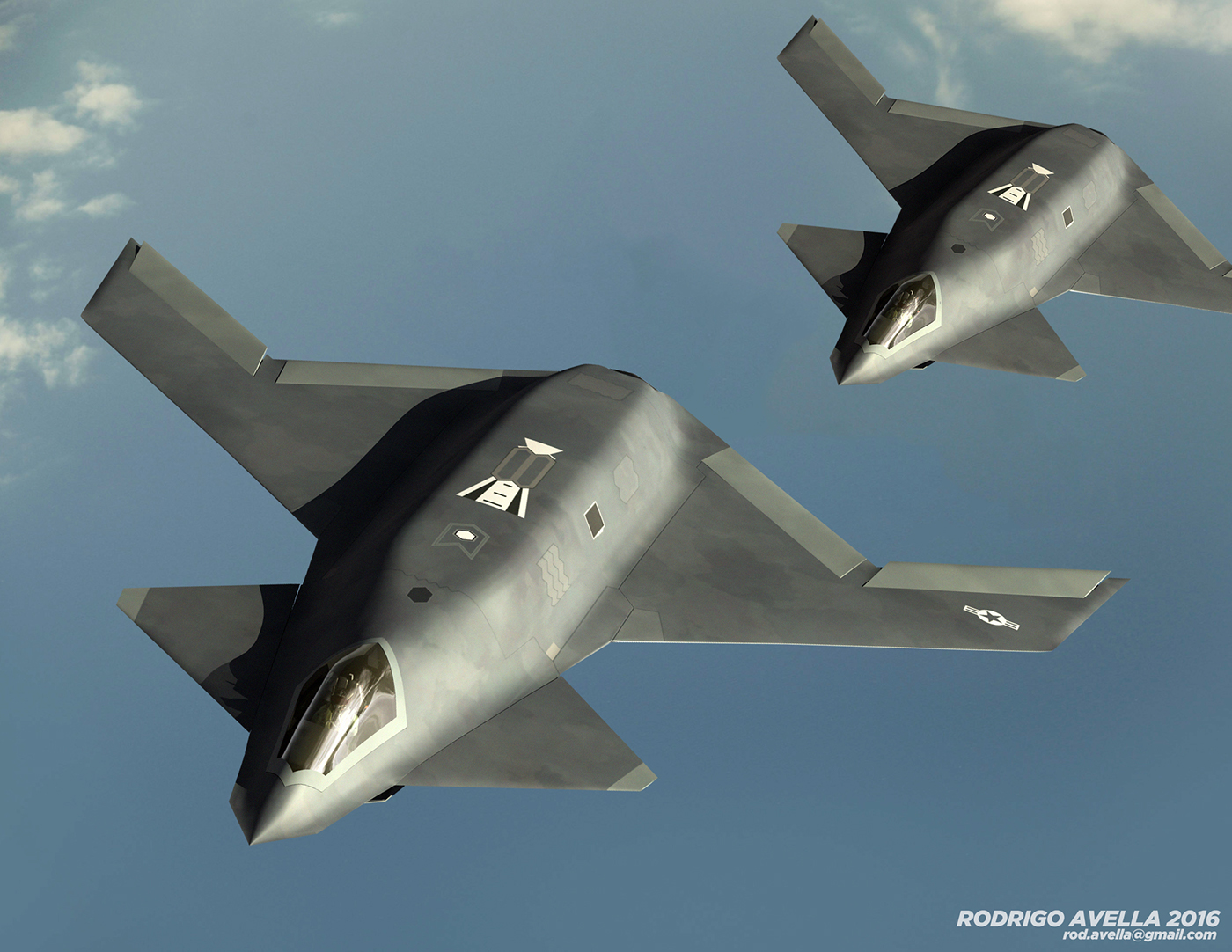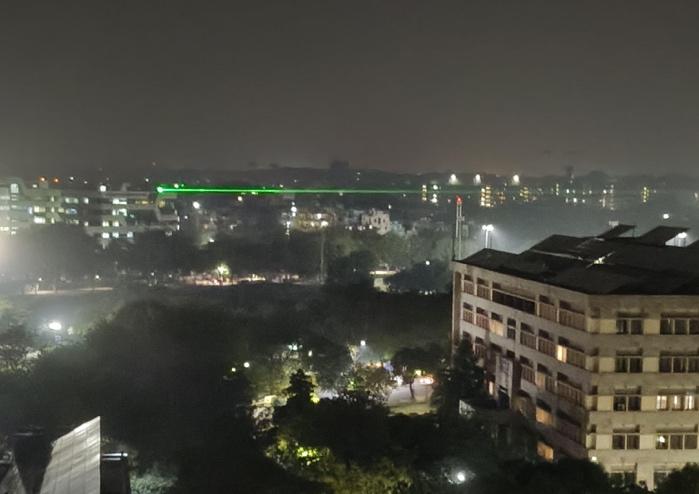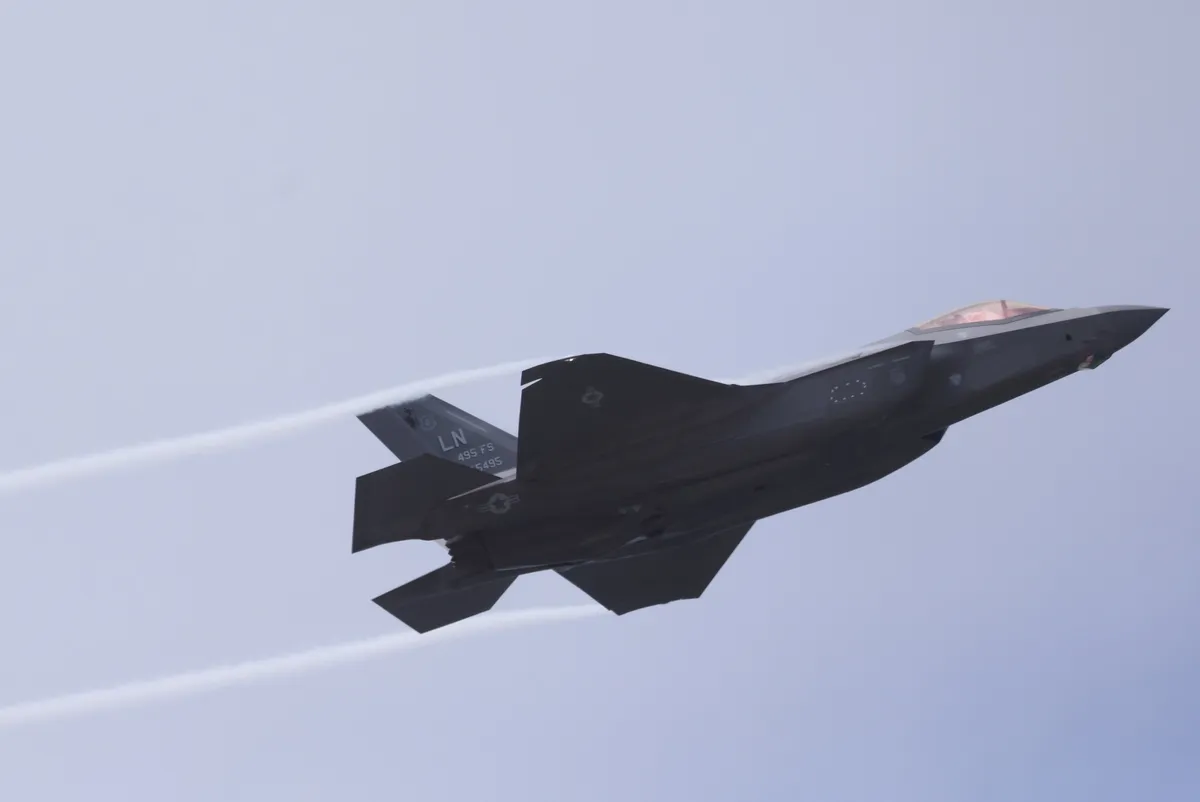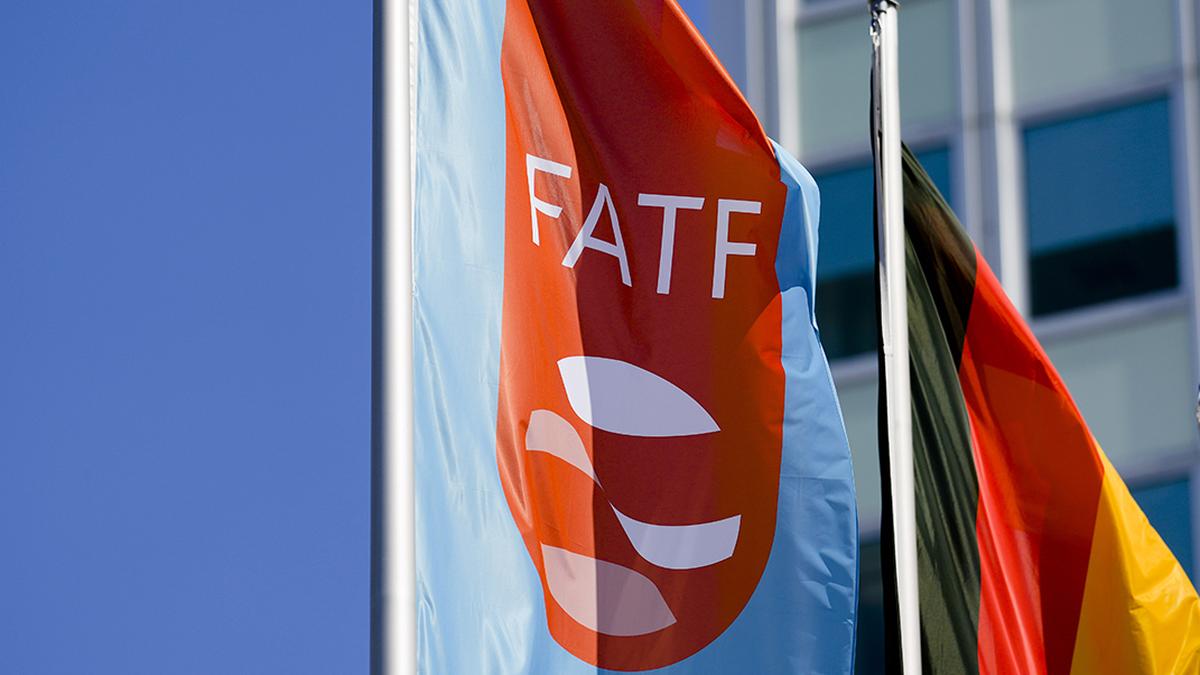SOURCE: RAUNAK KUNDE / NEWS BEAT / IDRW.ORG


Hindustan Aeronautics Limited (HAL) has unveiled striking new visuals of its HLFT-42 (Hindustan Lead-in Fighter Trainer – 42), showcasing the aircraft armed with an impressive array of weaponry, including 10 Beyond Visual Range Air-to-Air Missiles (BVR-AAMs) and two wingtip-mounted Close Combat Missiles (CCMs). With a total of 11 hardpoints—six underwing, two wingtip, and three under the fuselage—the HLFT-42 boasts a payload capacity of up to 5,000 kg (11,023 lb). This next-generation supersonic jet, designed to serve as both an advanced trainer and a fully capable combat fighter, marks a significant step in India’s quest for self-reliance in aerospace technology.
The concept for the HLFT-42 was initiated in 2017, with HAL envisioning a versatile platform to bridge the gap between basic trainers and advanced fighter jets like the HAL Tejas Mk2 and the HAL Advanced Medium Combat Aircraft (AMCA). The design was officially unveiled at Aero India 2023, where it garnered attention for its sleek aerodynamics, modern avionics, and multi-role potential. The HLFT-42 is poised to replace aging trainer aircraft in the Indian Air Force (IAF) while also serving as a cost-effective combat platform for missions requiring agility and firepower.
Continue readingSOURCE: RAUNAK KUNDE / NEWS BEAT / IDRW.ORG


In the wake of recent tensions with Pakistan, marked by Pakistan’s deployment of HATF-1 and Fatah-1 and Fatah-2 guided rockets, India’s strategic defense apparatus has been under scrutiny. Notably, India did not employ its Ballistic Missile Defense (BMD) system during this conflict. However, according to sources cited by idrw.org, India is on the verge of operationalizing Phase-I of its BMD program, a critical step toward bolstering national security against Pakistan’s advancing missile capabilities, including the longer-range Shaheen missile series.
Phase-I of India’s BMD system is designed to provide a robust defense shield over the Delhi-NCR region and Mumbai, two of the country’s most vital economic and political hubs. The system is engineered to intercept and neutralize incoming ballistic missiles, with a particular focus on countering Pakistan’s Shaheen series, which boasts extended range and precision. The BMD’s missile interceptors are expected to be fully operational soon, marking a significant milestone in India’s defense modernization efforts.
Continue readingSOURCE: RAUNAK KUNDE / NEWS BEAT / IDRW.ORG

Dr. Samir V. Kamat, Secretary of the Department of Defence Research and Development and Chairman of the Defence Research and Development Organisation (DRDO), has confirmed that India is on track to induct its first high-endurance Extra-Large Unmanned Underwater Vehicle (XLUUV) within the next one to two years.
Dubbed JALKAPI-XLUUV, the indigenous platform is the most complex unmanned underwater system being developed for the Indian Navy to date. With a displacement of 20 tonnes, the vessel boasts a remarkable endurance of 30 to 45 days, allowing for prolonged undersea missions without requiring surface support.
Continue readingSOURCE: AFI


In a recent revelation that underscores the technological prowess of India’s BrahMos cruise missile, former BrahMos Aerospace CEO Dr. Sudhir Kumar Mishra (commonly referred to as Dr. Pillai in some reports) has clarified the missile’s operational mechanics, effectively debunking claims by the Pakistani military that they successfully soft-jammed its radio frequency (RF) seeker during recent conflicts. Speaking at a defence technology symposium in New Delhi on June 10, 2025, Dr. Pillai detailed how the BrahMos missile employs a sophisticated combination of RF seeker activation and inertial guidance to ensure stealth and precision, rendering it nearly impervious to electronic countermeasures.
Following India’s Operation Sindoor on May 10, 2025, which targeted multiple Pakistan Air Force (PAF) bases, including the strategically vital PAF Base Mushaf in Sargodha, Pakistani military officials claimed they had successfully employed soft-jamming techniques to disrupt the RF seekers of BrahMos missiles. Soft jamming, a form of electronic warfare, involves emitting low-power signals to confuse or mislead a missile’s guidance system without triggering its anti-jamming protocols. Pakistan’s narrative suggested that their Chinese-supplied air defence systems had neutralized the BrahMos, preventing accurate strikes on critical infrastructure.
Continue readingSOURCE: AFI


As the Indian Air Force (IAF) navigates a critical fighter jet shortage and the rapid rise of stealth platforms among regional rivals, it must look beyond its current modernization efforts, including the Advanced Medium Combat Aircraft (AMCA). With the Su-30MKI, the backbone of the IAF’s fleet, approaching obsolescence by the 2030s, the time is ripe for the IAF to initiate a sixth-generation fighter program to replace this 30-tonne workhorse. This ambitious platform, envisioned as a 30–35-tonne aircraft surpassing the fifth-generation AMCA, should commence trials by 2040, incorporating cutting-edge technologies to ensure India’s air dominance in an era of unmanned, AI-driven, and hypersonic warfare.
The Su-30MKI, with over 270 units in service, is a versatile 4.5-generation multirole fighter, but its airframe and systems will face limitations against emerging threats by the late 2030s. China’s J-20 stealth fighters, sixth-generation prototypes like the J-36, and Pakistan’s impending acquisition of J-35A stealth jets underscore the need for a next-generation platform. The AMCA, a 25-tonne fifth-generation stealth fighter, is set to enter production by the mid-2030s, but its medium-weight class and focus on stealth may not fully replace the Su-30MKI’s heavy, multirole capabilities, which include long-range strikes, air superiority, and heavy payload delivery.
Continue readingSOURCE: AFI


Recent satellite imagery has shed light on the precision and impact of military airstrikes conducted by the Israeli Air Force (IAF) on Iran’s Tabriz Air Base and the Indian Air Force (IAF) on Pakistan Air Force’s (PAF) Base Mushaf in Sargodha, Punjab. Both operations, executed with surgical accuracy, targeted critical taxiways linking aircraft hangars to runways, effectively grounding aircraft and crippling operational capabilities at these strategic air bases. The similarities between these strikes highlight a shared tactical approach aimed at neutralizing air forces by disrupting their ability to deploy aircraft, a strategy that has reshaped modern aerial warfare.
On the night of June 12 to 13, 2025, the Israeli Air Force launched Operation Rising Lion, targeting Iran’s 2nd Tactical Air Base (TAB) in Tabriz, located in northwestern Iran. Satellite imagery, as reported by posts on X and corroborated by sources like The Study of War, shows significant damage to the taxiways connecting aircraft hangars to the runway at the Shahid Fakouri military base, which shares infrastructure with Tabriz International Airport. The strikes created craters that severed these critical pathways, rendering the base temporarily unusable for flight operations.
Continue readingSOURCE: AFI


Iranian outlet Shajab News sparked online amusement and disbelief after it posted a pinned message alleging that Indian Air Force (IAF) aircraft were deployed to protect Israeli fighter jets in a multinational operation. The Arabic-language post, viewed over 14,500 times and shared among its 27,000+ subscribers on Telegram, claimed that Indian, Moroccan, Emirati, Saudi, and other allied aircraft jointly participated in a coordinated aerial defense mission.
However, the sensational claim has been widely dismissed by defense analysts and netizens alike as speculative and baseless, with no evidence or official confirmation from any of the countries mentioned.
Continue readingSOURCE: PTI
)

At the Paris Air Show, the DRDO is showcasing India’s aerospace innovation, featuring next-gen UAVs, advanced avionics and indigenous defence systems, strongly projecting the ‘Atmanirbhar Bharat’ spirit on a global stage, according to the defence ministry.
The mega event in France kicked off on Monday. “At #ParisAirShow2025, DRDO showcases India’s aerospace innovation — featuring next-gen UAVs, advanced avionics, and indigenous defence systems. A powerful display of self-reliance, collaboration, and strategic capability on the global stage. #MakeInIndia #AtmanirbharBharat @IndiaembFrance,” the DRDO posted on X.
Continue readingSOURCE: PIB
0Y5N.jpg)

‘Achal’, the fifth Fast Patrol Vessel (FPV) in a series of eight being constructed by Goa Shipyard Ltd (GSL) for the Indian Coast Guard (ICG), was ceremoniously launched on June 16, 2025, in Goa by Smt. Kavita Harbola in the presence of Coast Guard Commander (Western Seaboard), Additional Director General Anil Kumar Harbola.
Designed and constructed under stringent dual-class certification from the American Bureau of Shipping and Indian Register of Shipping, the FPV features over 60% indigenous content. The vessel measures 52 meters in length and 8 meters in breadth, with a displacement of 320 tons. Powered by a CPP-based propulsion system, the vessel can reach a top speed of 27 knots.
Continue readingSOURCE: PIB


India has entered into a new quantum era by successfully demonstrating an experimental advancement through DRDO-Industry-Academia Centre of Excellence (DIA-CoE), IIT Delhi. The free-space quantum secure communication using quantum entanglement over a distance of more than one km was achieved via a free-space optical link established on the IIT Delhi campus.
The experiment attained a secure key rate of nearly 240 bits per second with a quantum bit error rate of less than 7%. This entanglement-assisted quantum secure communication paves the way for real-time applications in quantum cyber security, including long-distance Quantum Key Distribution (QKD), the development of quantum networks, and the future quantum internet. These efforts align with India’s broader objectives to advance quantum technologies for national development.
Continue readingSOURCE: IANS


Just hours before Prime Minister Narendra Modi’s arrival in Canada, the police have announced the arrest of 18 people in a takedown of a violent gang involving people of Indian descent that spread “fear and insecurity” among members of their own community who were the prime targets.
Peel Regional Police (PRP) Chief Nishan Duraiappah said the gang’s actions escalated to “drive-by shootings, arsons, a variety of acts of violence”.
Continue readingSOURCE: BLOOMBERG


The Air Force has cut in half its request to Congress for its signature F-35s, dealing a blow to Lockheed Martin Corp., the top US defense contractor. A Defense Department procurement request document sent to Capitol Hill this week asked for 24 of the planes, down from 48 that was forecast last year.
The proposed cut is significant because the Air Force is the largest customer for the world’s biggest weapons program. The scaling back of the F-35 request may reflect one way the service is revising its funding for fiscal 2026 to comply with Defense Secretary Pete Hegseth’s plan to shift projected US military spending by 8% over the next five years.
Continue readingSOURCE: IANS


In a major development, the global Financial Action Task Force (FATF) on Monday severely condemned the “brutal terrorist attack” in Pahalgam on April 22, stating that it could not have taken place without “money and the means” to move funds between terrorist supporters.
“Terrorist attacks kill, maim and inspire fear around the world. The FATF notes with grave concern and condemns the brutal terrorist attack in Pahalgam on 22 April 2025. This, and other recent attacks, could not occur without money and the means to move funds between terrorist supporters,” the FATF said in a statement on Monday after its plenary meeting.
Continue readingSOURCE: PTI


Diplomat Aliawati Longkumer has been appointed as India’s new ambassador to Democratic People’s Republic of Korea, the Ministry of External Affairs (MEA) on Monday announced.
Longkumer is expected to take up the assignment shortly. “Aliawati Longkumer (YOA: 2008), presently Charge d’affaires a.i. Embassy of India, Asuncion, Paraguay, has been appointed as the next Ambassador of India to Democratic People’s Republic of Korea,” the MEA said in a statement.
Continue readingSOURCE: IANS


Prime Minister Narendra Modi on Monday wrapped up his landmark two-day visit to Cyprus and left for Canada where he will be attending the 51st G7 Summit in Kananaskis, Alberta, on Tuesday.
The June 15-16 visit was the first visit of an Indian Prime Minister to Cyprus in over two decades and massively strengthened New Delhi’s relationship with Nicosia – a close friend and an important partner in the Mediterranean region and the European Union.
Continue reading